Cases and Peripherals
Silverstone Temjin TJ07
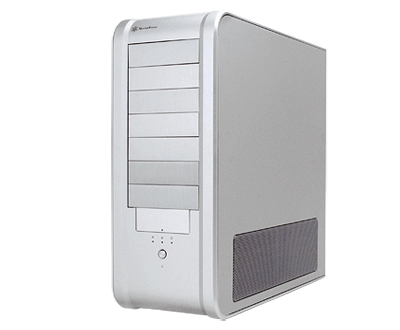
Cooler Master Cosmos
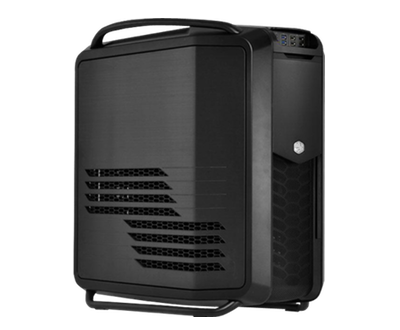
Cooler Master Stacker STC-101
Unveiled in 2004, Cooler Master's Stacker STC-101 was suitable for both servers and gaming with a design that featured great potential for customization through its modularity. The front of the chassis could be configured with removable hard drive caddies (4-in-3 Drive Modules), as 5.25 inch drive bays, or a combination of the two.
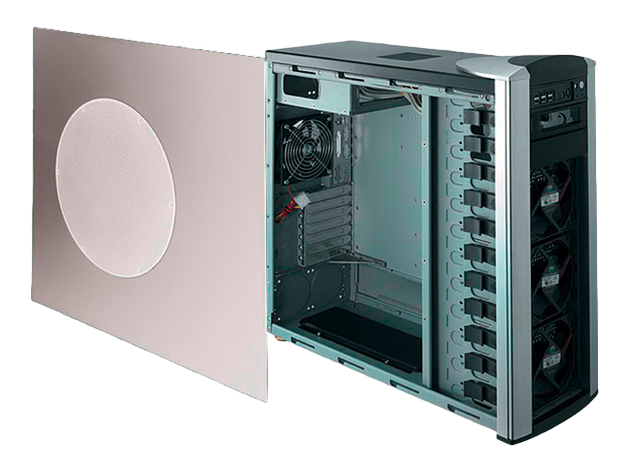
The STC-T01 also had provision for two PSUs, full-sized workstation motherboards and the option of using Cooler Masters CrossFlow fan – a 330mm long blower fan that directed a sheet of air over the motherboard and components.
Thermaltake Xaser II
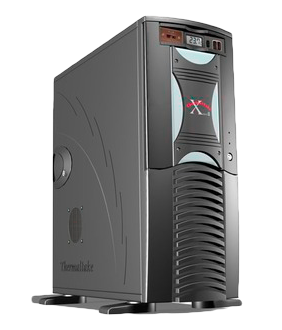
Thermaltake would go on to use the same basic layout across the Xaser III, V, VI, as well as Kandalf and Armor series, and Enermax would use the same tooling from the Xaser III to produce its CS-1018 chassis, as would Alienware's Area 51 system of the same vintage. None of what Thermaltake did would be termed revolutionary, but the Xaser made affordable what was generally the province of a more expensive class of chassis such as Lian Li's PC-70.
HP Blackbird 002
Some of the most iconic chassis designs were unfortunately only available as part of a full system. Apple's G5 and Alienware's Aurora ALX have found a thriving secondary market once the internal components have outlived their usefulness. Of these bespoke chassis designs, none created such a call to be made available as a standalone component as the HP Blackbird 002 chassis.
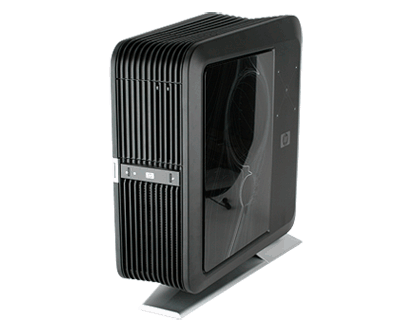
The case also features many features that were fairly innovative when it launched in September 2007 including individual toolless hard drive drawers which slotted into a back panel plumbed for data and power, provision for roof-mounted watercooling and a large motherboard cutout with additional cable routing slots.
Peripherals
Microsoft IntelliMouse
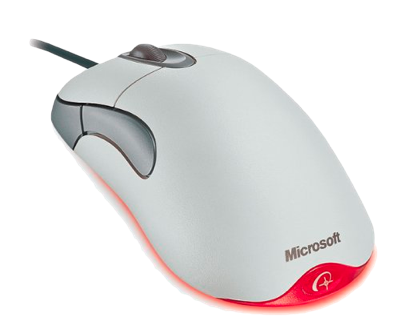
The IntelliMouse was neither the first mouse with a conventional scroll wheel (that honor probably goes to the Genius EasyScroll which debuted a year earlier), nor the first to take ergonomic design seriously, but it combined both these features into a mouse of enduring reliability. Its evolving feature set, adding optical tracking and side buttons, whilst maintaining a symmetrical design layout that did not penalize left-handed users, and its continued dependability made it hugely popular across a range of business and consumer usage scenarios.
Razer Boomslang
If the IntelliMouse set the standard for the vast majority of mice that followed over the years, then Razer's Boomslang certainly took the same principles and tailored them for the expanding gaming fraternity, and the developing professional gaming market. It marked a point where gaming mice would diverge from the mainstream consumer mouse market. The waisted, large button design separated itself from the popular, but all purpose designs fielded by Microsoft, Logitech and others.
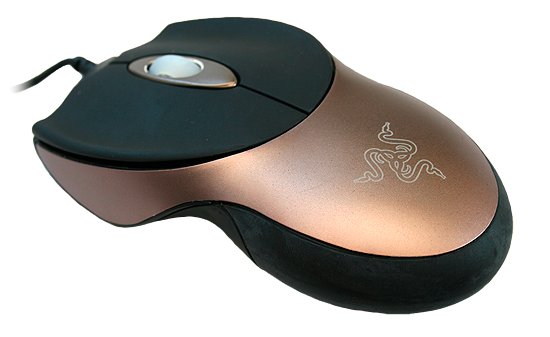
To further itself from the competition, the Boomslang, which shipped in a metal canister, offered an impressive level of customization features via Razer's Control Panel. Variable polling rate, the highest being 200Hz and requiring use of the supplied PS/2 adapter, a fine increment scroll wheel, and a considerable range of sensitivity options (up to 1000 or 2000 DPI depending on model) thanks to its integrated focused light beam technology and 6 IOP controller chip. These features allied with the styling, and Razer's professional gaming sponsorship ensured that the Boomslang would be the first of a long line of gaming products from the company.
IBM Model M
While most categories of computer hardware and peripherals have more than one claimant for the most revered and influential of their class, the overwhelming majority of votes for keyboards fall to a single family: the IBM Model M.
The Model M of 1984 defined the keyboard layout as we know it, and has always garnered a loyal following due to its rugged design, tactile response, and accompanying sound of the solidly engineered buckling spring key switches.
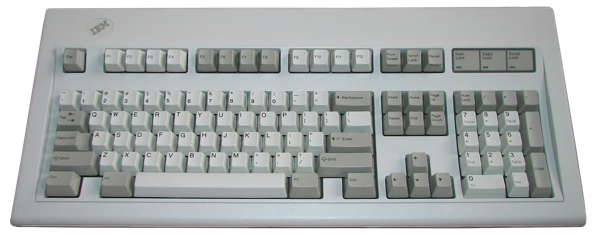
While mainstream computer markets moved on adding ever more features and extra keys while using cheaper membrane dome switches, the gaming market in particular has come full circle by once again embracing a more minimalistic styling and the use of mechanical key switches popularised by Cherry and utilized by a new breed of icons in waiting such as the Ducky Shine series.
A mark of the esteem that the Model M is held in can be gauged by the fact that the keyboard can still be purchased to this day. Many outlets carry NOS (new old stock) Model M's in addition to the new models built by Unicomp to the same specification after they purchased the rights for the Model M assembly from Lexmark.
